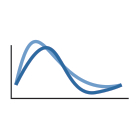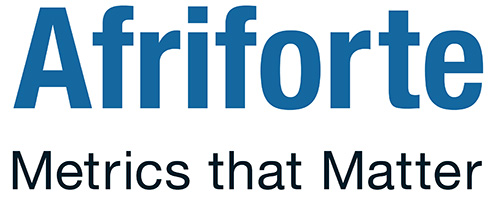The Work Wellbeing Benchmark
Human Factor Risk Monitoring and GovernanceWork Wellbeing Benchmark – First Line Screening of Employee Functioning
Human Factor Risk Monitoring and Governance
The strategic intent of any organisation is to maximise profitability and returns. Very specific strategic goals are formulated to maximise this, but strategy without execution is worthless. The capability to act on strategic goals requires efficiency promotion at various levels, including the human factor (your employees). If the psychological desire (“will do”) and psychological energy (“can do”) of the workforce is unfavourable, success to attain strategic objectives will be difficult. Organisations need to understand whether staff:

Is functioning at their optimum

Is able to act on strategic intent

Is able to provide the company with a competitive edge

Can provide good customer service

Can walk the extra mile

Is motivated, committed and engaged
The Work Wellbeing Benchmark Dimensions
Norm comparison and benchmarking of employee functioning
The Work Wellbeing Benchmark measures, benchmarks, and quantifies the following employee outcomes against the norm, against the SA benchmark and against the internal benchmark of the company per area of operations:
- Work engagement state and behaviour
- Turnover intention
- Corporate citizenship behaviour
- Stress and stress-related ill health which also relates to safety behaviour and quality of outputs and decisions.
Employee functioning dimensions
It’s more than work engagement only
The following value creating human factor outcomes are necessary for optimisation:

Good Work Engagement
Good Work Engagement ensures a good connection between employees, work and their work environment which means that employees are psychologically present in an organisational role. Good Work Engagement is also a driver of growth, productivity, and innovation. Imagine a workforce where each person is enthusiastic and showing ZEST and dedication!

Good Corporate Citizenship Behaviour
Good Corporate Citizen Behaviour is shown by employees that goes beyond the call of duty with good work ethics. Good Corporate Citizen Behaviour is also a driver of excellent service delivery. Imagine a workforce where each person is willing to walk the extra mile!

High Employee Retention
Ensuring low levels of employee turnover helps with retaining corporate memory and experience. Imagine a workforce where each person wants to be there and has vast experience!

High Psychological Energy
Low distress and stress-related ill health levels are some of the main drivers influencing the decision-making process which in turn influence risk behaviour, accidents and injury, error proneness, come-backs, distraction, presenteeism, and many more. Imagine a workforce where each person is focussed on the job at hand, and show good decision-making and quality of outputs
Features of the Work Wellbeing Benchmark
Available in all eleven official language groups in South Africa

Lower Literacy
The Work Wellbeing Benchmark has been developed to include lower literacy level employees, and is standardised for South Africa through extensive reliability and validity studies.

Proudly South African
The Work Wellbeing Benchmark is culturally sensitive and available in all 11 official languages of South Africa.

Affordable and Effective
The Work Wellbeing Benchmark is available online or in hard copy format and takes about 10-15 minutes to complete

Personal Reporting
Each participant receives an immediate personal feedback report regarding his/her work-related wellbeing.

Real Time Reporting
The Work Wellbeing Benchmark is supported by a real-time online analytical processing group reporting tool and project management system

Using the Right Tool
The Work Wellbeing Benchmark is often implemented for lower level employees and linked to the Organisational Human Factor Benchmark which is implemented for higher level employees with ABET 4 and above English proficiency.
Benefits of the Work Wellbeing Benchmark
Monitoring is key

Measure and Monitor
Assist employers to measure and monitor workforce functioning for proactive risk intervention and control. The Work Wellbeing Benchmark acts as a quick ‘dipstick’ for risk monitoring

Inclusive
Include lower level employees in your risk management and work-wellbeing promotion efforts

Predictive and Scientific
The Work Wellbeing Benchmark is based on a predictive scientific model and therefore predict stress risks for proactive intervention

Identify
Identify groups in the organisation at higher risk of sub-optimal functioning for focussed intervention and follow-up, consolidating your time and resources.

Individual Risks
With the consent of the employee you can identify individuals at risk of stress, burnout, low work engagement, and safety behaviour threats for individual follow-up by the EAP or internal infrastructure.

Outcomes Management
With multiple measurements the Work Wellbeing Benchmark allows for comparison of risks over time to assess intervention success and develop organisational best practices, human factor key risk indicators, and human factor key performance indicators.
